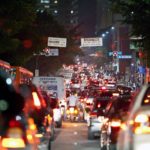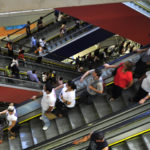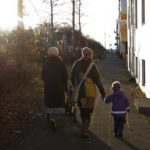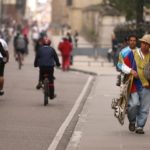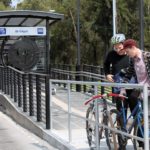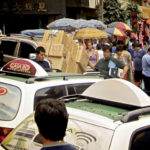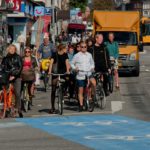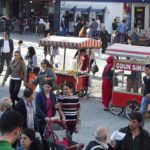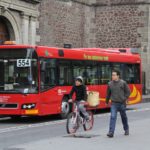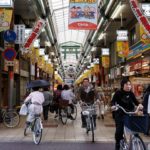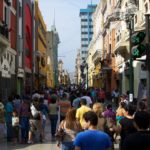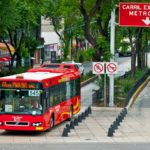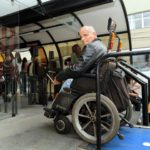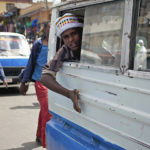Posts in the 'Urban Development' category
While the idea of ‘free time’ is by nature associated with individual choice and being momentarily ‘free’ from the demands of everyday life, the amount and quality of this time we have at our disposal is closely linked to city-wide ...

World Cup fans may be focused on the games, but critics are paying attention to another aspect of the event—its price tag. Brazil spent billions of dollars on World Cup infrastructure, and many are understandably questioning the long-term benefits these ...

This article reports on presentations made by Philip Yang, President, URBEM (Urbanism and Urban Studies Institute for the city of Sao Paulo), Jianming Cai, Professor at the Institute of Geographic Sciences & Natural Resources Research (IGSNRR), Chinese Academy of Sciences (CAS) and Alexandros Washburn Founding Director, Center for ...

Many planning regulations and multilateral funding bodies demand that developers include a Heritage Impact Assessment as part of their Environmental Impact Assessment (EIA) before approving infrastructure projects. Good developers go beyond simply completing the impact assessment and think like anthropologists, ...

There is an entire ecosystem of informal commerce along Bogotá, Colombia’s streets. Some vendors sit at traffic signals or bus stops, waiting for a bus that’s not too full and not too empty. When they spot a good candidate, they ...

The “People-oriented Cities” series – exclusive to TheCityFix and Insights – is an exploration of how cities can grow to become more sustainable and livable through transit-oriented development (TOD). The nine-part series will address different urban design techniques and trends ...

For decades, ‘work’ meant spending an eight-hour chunk of your day in an office, industrial facility, or at school. Workers needed to physically occupy a given location in order to do their jobs. Because of this, the trips to and ...

This is the fourth entry in the Urbanism Hall of Fame series, exclusive to TheCityFix. This series is intended to inform people about the leading paradigms surrounding sustainable transport and urban planning and the thinkers behind them. By presenting their many ...

Istanbul, Turkey, has stood at the center of the Eastern Roman Empire, the Byzantine Empire and the Ottoman Empire. It has acted as a central hub of political history and artistic creation for some 20 centuries, with remnants of the ...

Quality, user-friendly public transport systems provide a viable alternative to the private car and help build livable, accessible cities. Photo by Alejandro Luna/EMBARQ Mexico. The “People-oriented Cities” series – exclusive to TheCityFix and Insights – is an exploration of how ...

Even as malls are declining as social spaces in the United States, shotengais (商店街) – pedestrianized business districts covered with translucent roofs – remain a part of everyday life in Japanese cities. Shotengais are generally located near transport hubs and ...

We all have ideas for how to make our cities better places to live. Whether it’s more tree-lined streets, better infrastructure for cycling and walking, or safe access to public transport for all city dwellers regardless of gender, it’s not ...

The “People-oriented Cities” series – exclusive to TheCityFix and WRI Insights – is an exploration of how cities can grow to become more sustainable and livable through transit-oriented development (TOD). The nine-part series will address different urban design techniques and trends ...

This is the third entry in the Urbanism Hall of Fame series, exclusive to TheCityFix. This series is intended to inform people about the leading paradigms surrounding sustainable transport and urban planning and the thinkers behind them. By presenting their ...

Addis Ababa, the capital city of Ethiopia, is one of the fastest growing cities in Africa. In fact, it’s population has almost tripled since 1970. In its rapid race towards development, little space was left for parks, little consideration was ...

Page 23 of 56« First...1020...222324...3040...Last »








